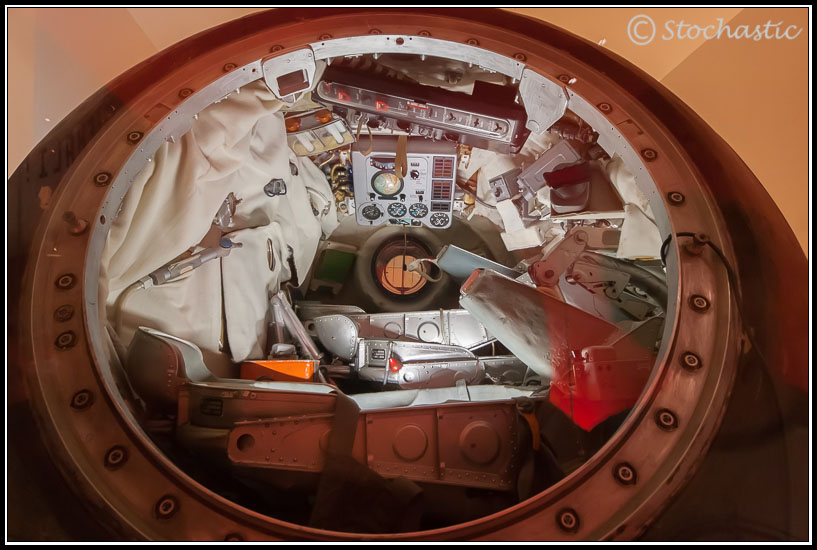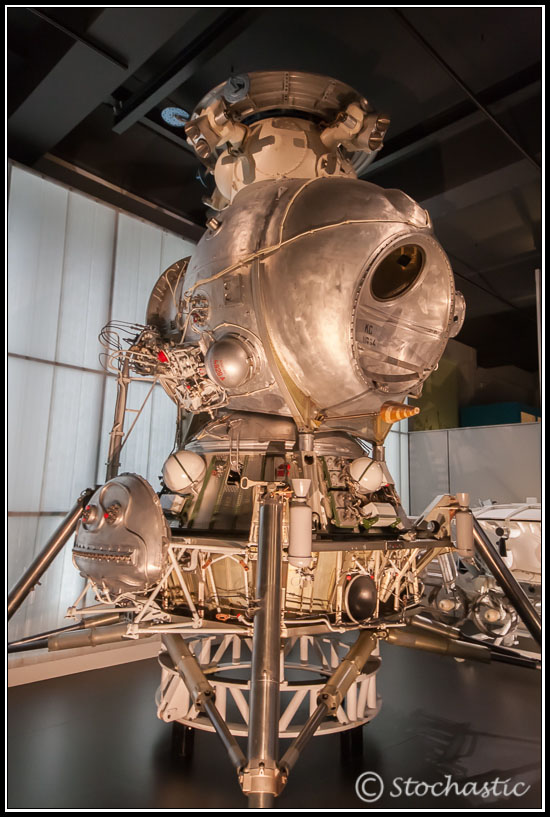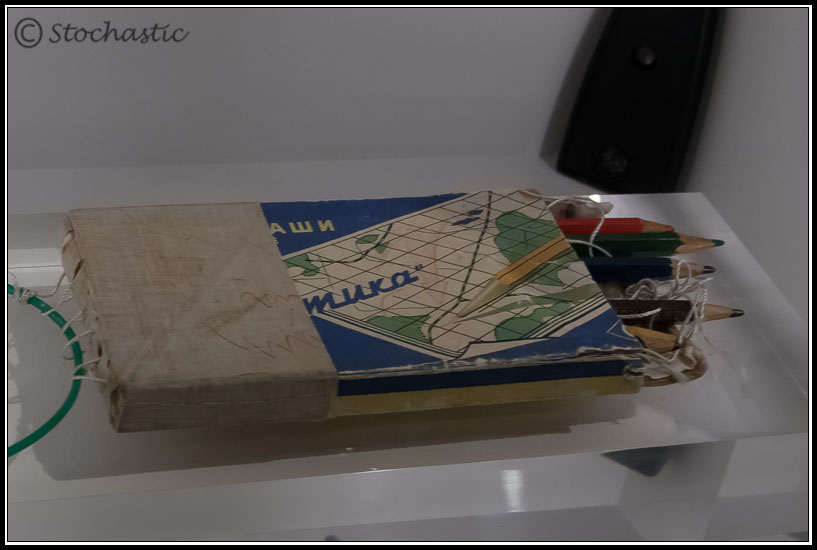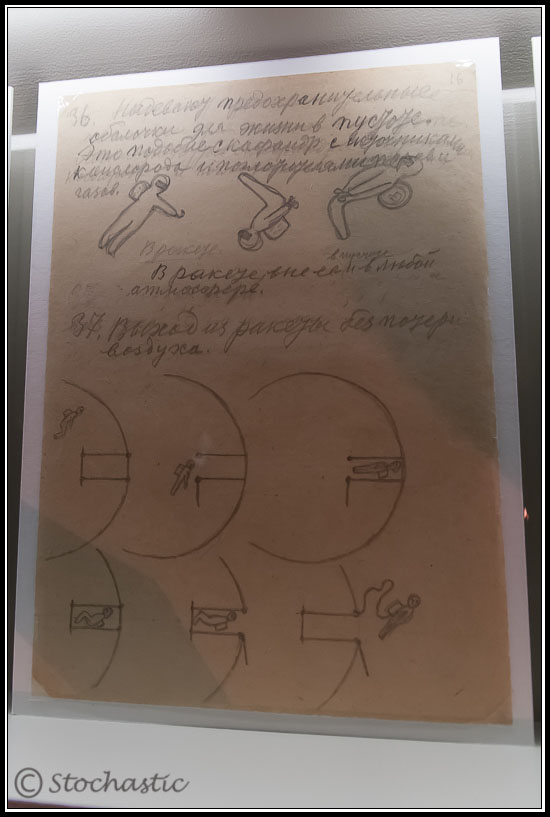Now the Science Museum has relaxed their photography policy for the above exhibit, I thought it was time for a return visit with the camera. The gallery originally had a complete photography ban, but this has been informally relaxed to a "discrete photography allowed" stance - as far as I could tell this basically translated to no flash or tripods and don't get in the way or lean over the barrier.
Lighting is a bit challenging, and the gallery is actually pretty compact, so composition is not always easy....
For anyone with even a vague interest in the history of space exploration, this is a stunning exhibition with items usually never seem outside Russia. Some items are on show to the public for the first time. Given this, the exhibition has been described as the space geek's equivalent of the 1972 Tutankhamun exhibition at the British Museum....
And what a collection of exhibits they have....
For example, everyone knows that Sputnik burnt up on re-entry, and there are replica models in museums the world over. So another Sputnik 1 model is nothing unusual.... But previously unseen is the engineering model constructed in parallel. This is identical in every way to the model launched in October 1957:
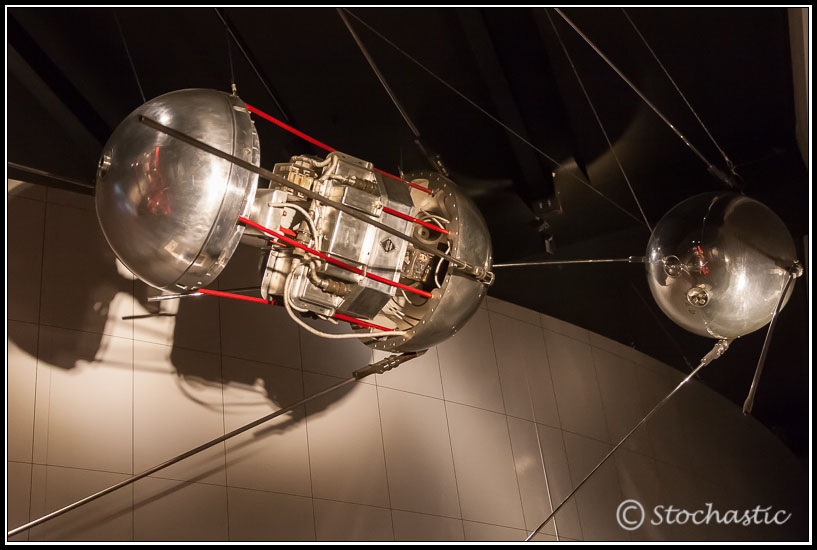
The world's first satellite was originally going to be somewhat larger, but the launch vehicle just wasn't quite powerful enough. So it was finally launched as Sputnik 3, the first object in history to be powered by solar panels. Again, on display is an engineering model (1:3 scale) of the 1.5 tonne monster...
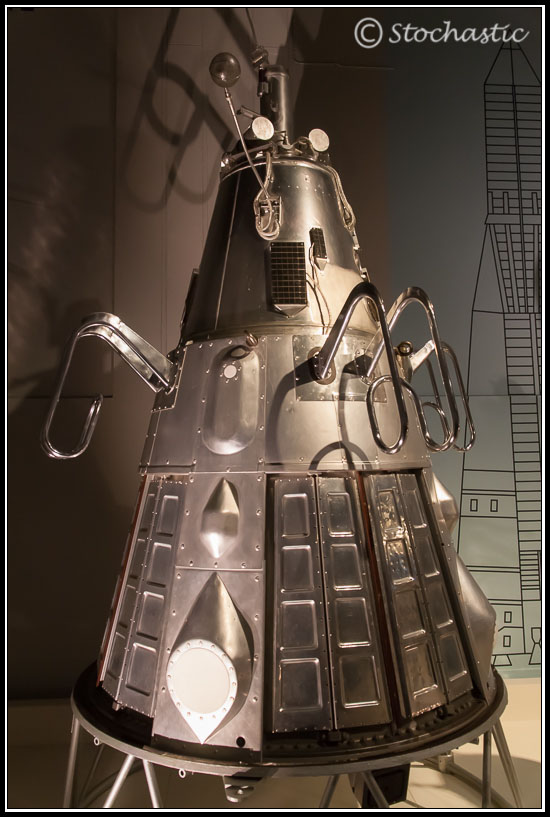
This is complemented by the scale models of the automated lunar landers Luna 9 and Luna 16. Luna 16 was the first successful automated sample return mission in September 1970.
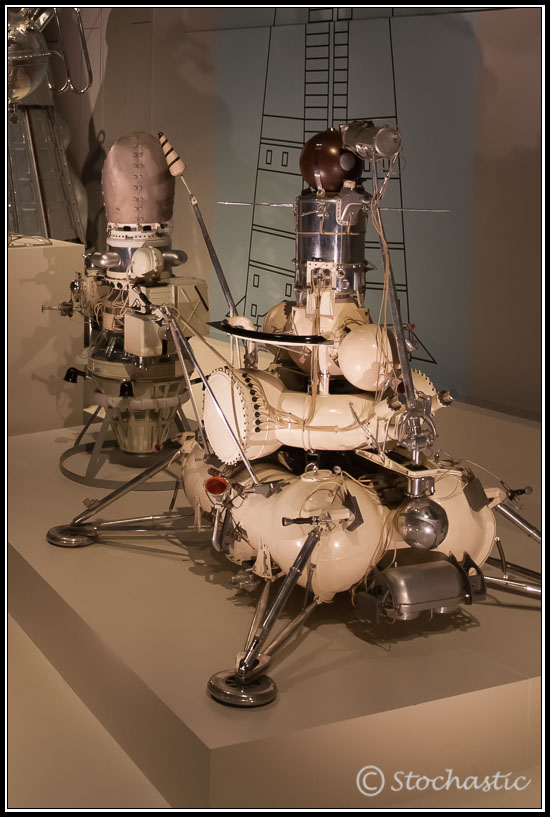
Things move up a gear in terms of complexity with the 1:1 engineering test bed of the automated lunar rover, Lunakhod 1. My understanding is that whilst the model of Lunokhod 2 has been on display before, Lunakhod 1 has not been accessible to the public before this exhibition.
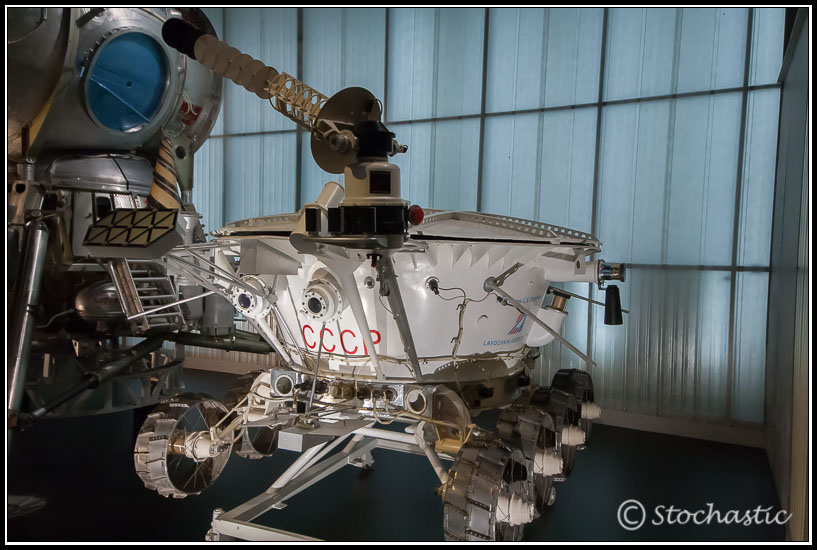
Lighting is a bit challenging, and the gallery is actually pretty compact, so composition is not always easy....
For anyone with even a vague interest in the history of space exploration, this is a stunning exhibition with items usually never seem outside Russia. Some items are on show to the public for the first time. Given this, the exhibition has been described as the space geek's equivalent of the 1972 Tutankhamun exhibition at the British Museum....
And what a collection of exhibits they have....
For example, everyone knows that Sputnik burnt up on re-entry, and there are replica models in museums the world over. So another Sputnik 1 model is nothing unusual.... But previously unseen is the engineering model constructed in parallel. This is identical in every way to the model launched in October 1957:

The world's first satellite was originally going to be somewhat larger, but the launch vehicle just wasn't quite powerful enough. So it was finally launched as Sputnik 3, the first object in history to be powered by solar panels. Again, on display is an engineering model (1:3 scale) of the 1.5 tonne monster...

This is complemented by the scale models of the automated lunar landers Luna 9 and Luna 16. Luna 16 was the first successful automated sample return mission in September 1970.

Things move up a gear in terms of complexity with the 1:1 engineering test bed of the automated lunar rover, Lunakhod 1. My understanding is that whilst the model of Lunokhod 2 has been on display before, Lunakhod 1 has not been accessible to the public before this exhibition.

Last edited:


